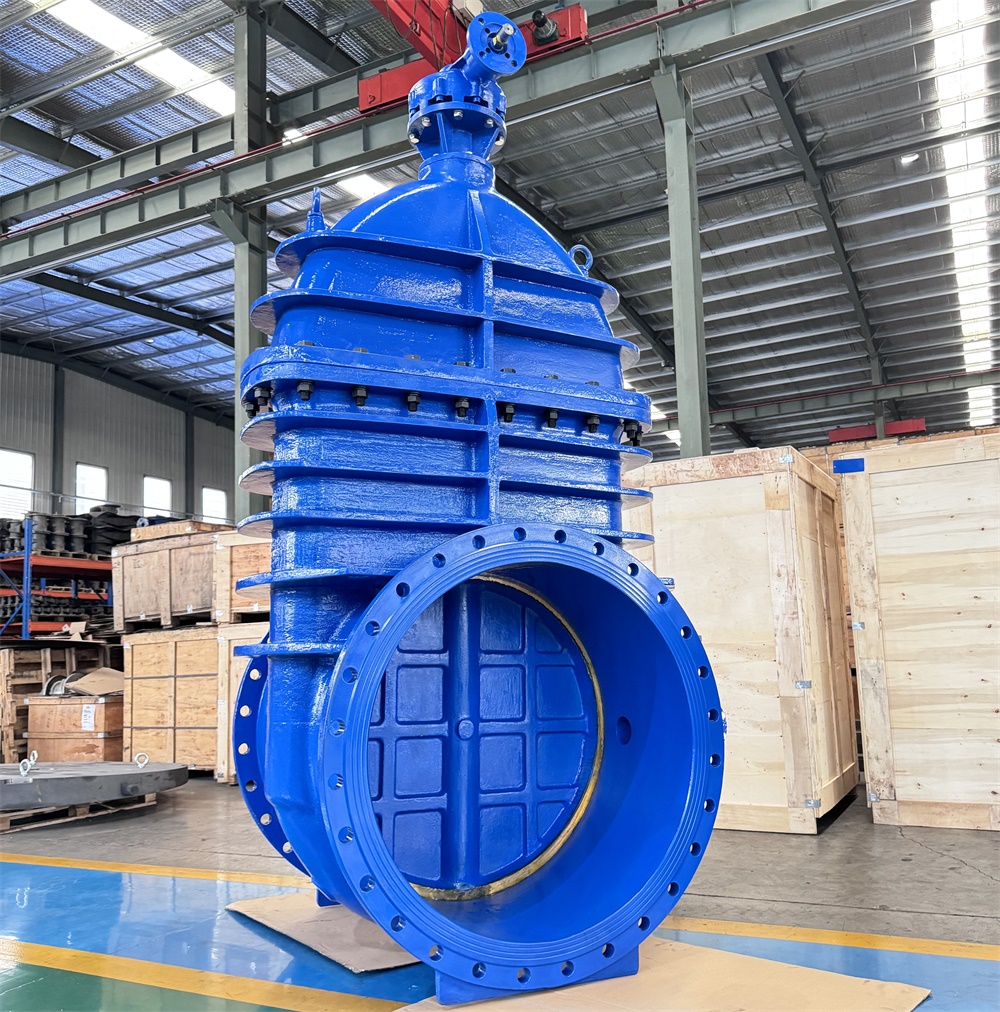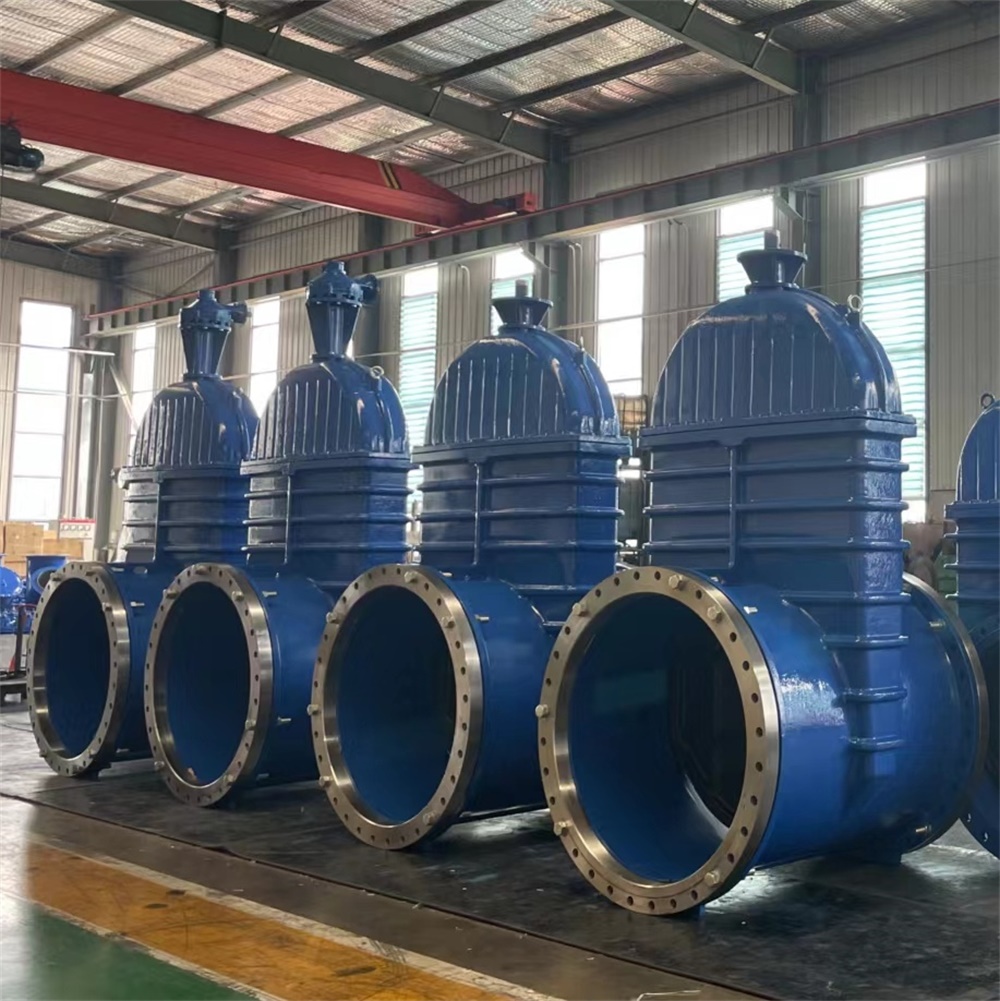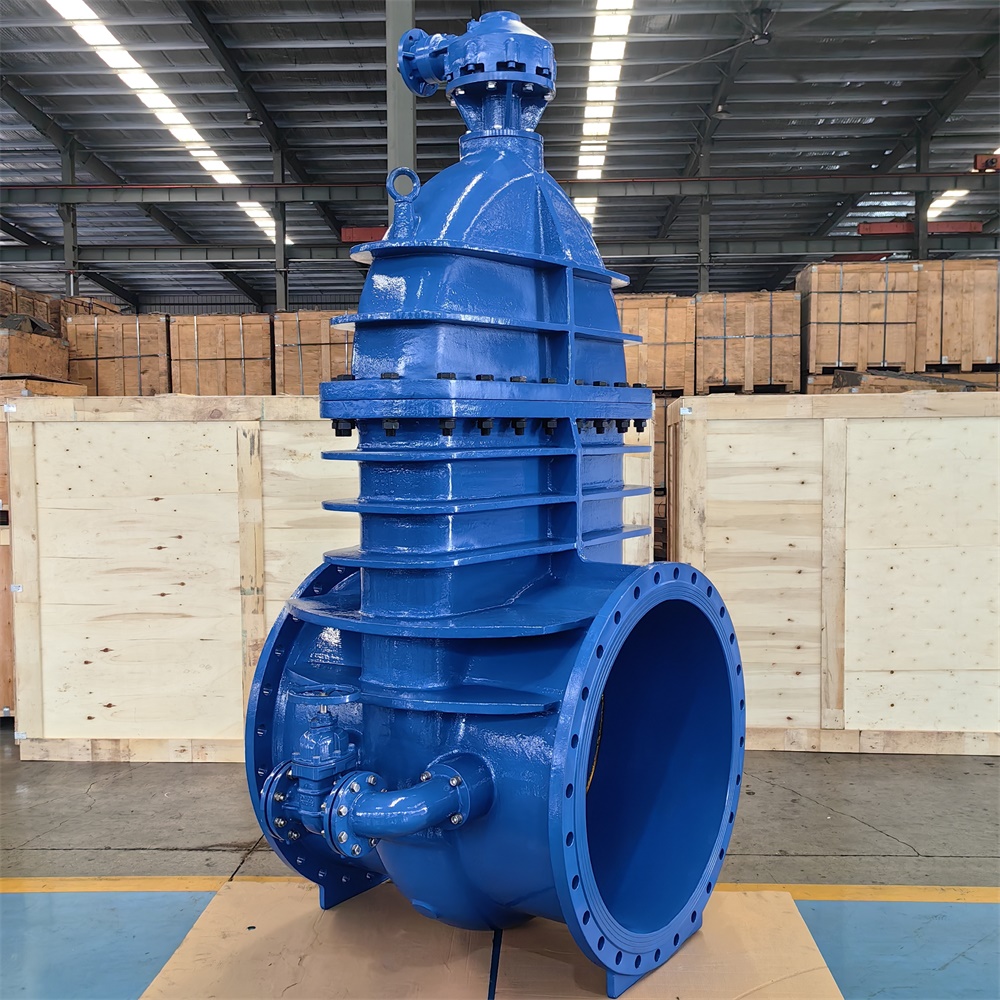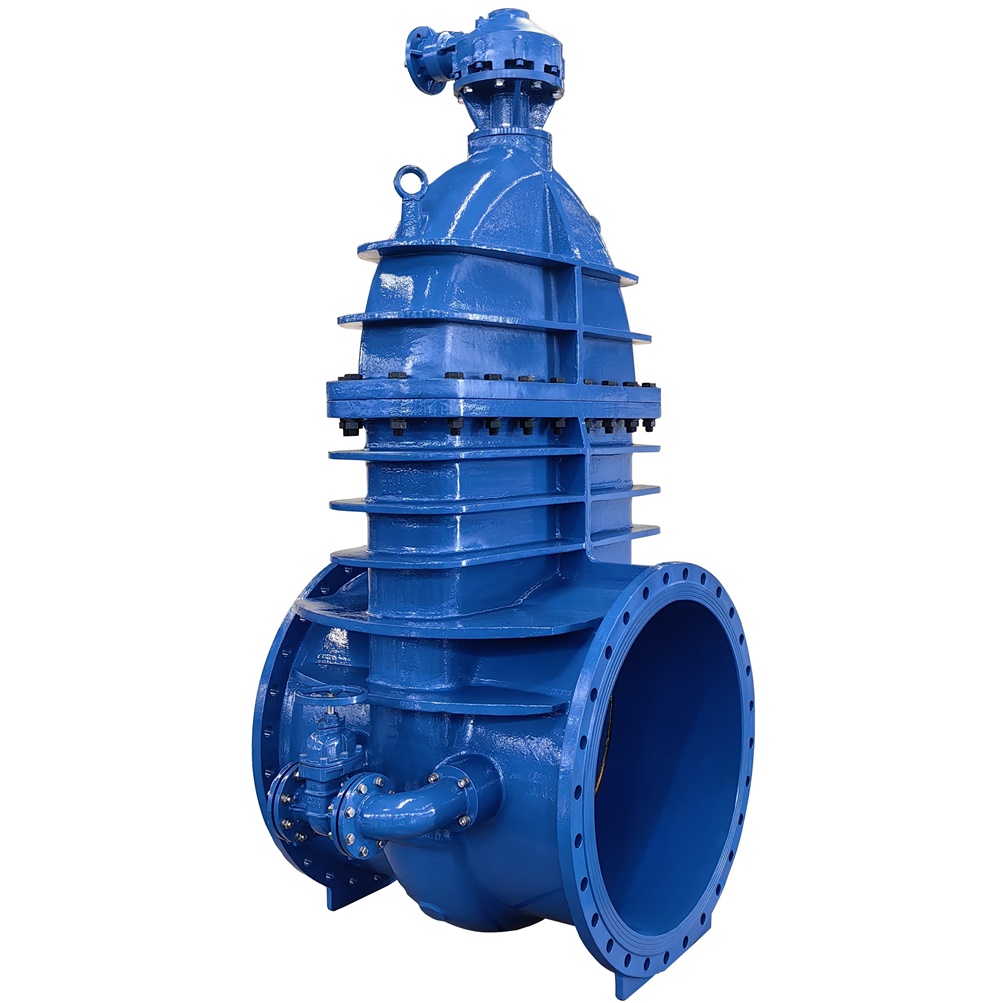The Use Method of Manual Valve and the Problems Needing Attention
Publisher:Botou ValveThe size of handle and handwheel of manual valve is designed in normal proportion. Therefore, in the use of valves, it is stipulated that operators are not allowed to open and close valves with the help of lever and long wrench. At the same time, only one person is allowed to operate wheels with a handle length and a handwheel diameter less than 320 mm; wheels with a diameter equal to or greater than 320 mm allow two people to operate together, or one person to operate with appropriate lever (generally not more than 0.5 mm in length). However, diaphragm valves and non-metallic valves are strictly prohibited from using lever or long wrench operation, nor are they allowed to close valves with excessive and violent force.
Some operators are accustomed to using lever and long wrench to operate manual valves. They think that the greater the closing force, the better. In fact, it is not. This will cause premature valve damage, or even accident. Experiments show that besides the impact handwheel, it is easy to damage the handwheel and handle, scratch the stem and sealing surface, or even press the sealing surface if the valve is operated too large or too violently. Secondly, when the handwheel or handle is damaged or lost, it should be matched in time and not allowed to be replaced by a live wrench.
Manual valve is a kind of valve widely used in equipment and devices. It is operated by handles and handwheels. Generally, the clockwise thorium rotation of the handle and handwheel is defined as the closing direction, and the counter-clockwise rotation is defined as the opening direction. However, some valve opening and closing direction is contrary to the above. Before operation, attention should be paid to check the opening and closing signs before operation.
Valves such as gate valves and globe valves should turn 1/4 to 1/2 turns when closing or opening to the end (i.e. lower or upper dead points), so that the threads are tightly closed, so as to facilitate inspection during operation, so as not to tighten and damage the valve.
Large caliber butterfly valves, gate valves and globe valves, some with bypass valves. The function of bypass valve is to balance the pressure difference between inlet and outlet and reduce the opening moment. When opening, the bypass valve should be opened first, and then the large valve should be opened.
Before opening the steam valve, the pipeline must be preheated to discharge the condensate water. Open slowly to avoid water hammer and damage to valves and equipment. When opening and closing ball valves, butterfly valves and cock valves, the full open position of the valve is indicated when the groove on the top of the stem is parallel to the channel; when the stem is 90 degrees left or right, the groove is vertical to the channel, the full closed position of the valve is indicated. Some ball valves, butterfly valves and cock valves are opened parallel to the channel by wrench and closed vertically. The operation of three-way and four-way valves shall be carried out according to the marks of opening, closing and reversing. After operation, the movable handle shall be removed.
Usually when the valve is small opening, the flow velocity of the valve is too high, and a strong turbulent swirl zone will be formed behind the valve. The swirl zone and the new pressure are very low. When the pressure is lower than the saturated pressure corresponding to the water temperature, the flashover of water vapor will lead to the phenomenon of steam hammer: serious noise, vibration of the valve and pipeline, and the damage of the valve, pipeline and pipe support. In order to prevent this kind of accident, the narrow throttle channel formed by plugs and seats at small opening should be taken into account in the design of valve runner to restrain the formation of strong turbulent vortices. Secondly, the valve weight should be increased as much as possible to avoid the valve running at small opening. In addition, the alkali balance valve should be installed in the water return pipeline with lower water temperature as far as possible when the pressure condition is not involved.




